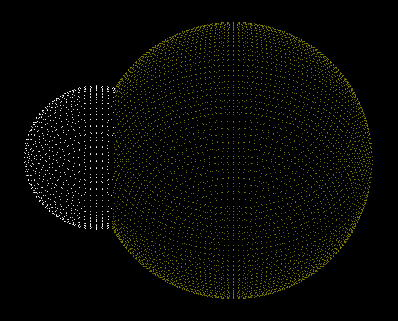In the recent political history of Brazil, that is, from the installation of the “New Republic” (between 1985 and 1988) until the nowadays, many financial crises and various economic programs and measures have been in the order of morning. One of the most notorious and controversial measures was the CPMF, acronym that summarizes the following name: Provisional Contribution on Movement or Transmission of Values and Credits and Rights of a Financial Nature. CPMF was established by Law No. 9311, of October 24, 1996, signed by the then President of the Republic, Fernando Henrique Cardoso. However, to better understand what the CPMF is, it is necessary to go back a little in time, given that this "contribution" is heir to another tax model, which preceded it, the IPMF.
During the president's government Itamar Franco, who took over after the process of Impeachment unleashed against Fernando Collor de Melo, in 1992, the Provisional Tax on Financial Transactions (IPMF) was created with the purpose of charging a rate of 0.25% on financial transactions carried out by individuals and legal entities. This percentage was debited directly from the taxpayers' bank accounts. The IPMF did not have a defined destination, and could be used to cover expenditures in any sectors the government needed. This tax lasted until the end of 1994.
In 1996, then President Fernando Henrique Cardoso - who had been Minister of Finance of Itamar Franco - remodeled the tax on financial transactions, giving it another name and also destination exact. Therefore, the CPMF was created. The objective of this “contribution” was to raise funds for application in the area of Health, as a matter of priority. However, the money collected by the CPMF was also invested in Social Security. The text of Law No. 9311, which established the CPMF, says, in its first article and sole paragraph, the following:
Do not stop now... There's more after the advertising ;)
Art. 1º The Provisional Contribution on Movement or Transmission of Values and Credits and Rights of a Financial Nature – CPMF is created.
Single paragraph. Transactions or transfers of amounts and credits and rights of a financial nature are considered to be any operation settled or entry carried out by the entities referred to in art. 2°, which represent book-entry or physical circulation of currency, and which result or not transfer the ownership of the same amounts, credits and rights.
In his second term, starting in 1998, Fernando Henrique still managed to get the CPMF to go from 0.25 to 0.38%, a move that did not last long, being later reduced to 0.30%. The CPMF continued in the first government of Luiz Inácio Lula da Silva (started in 2002), being revoked, by decision of the National Congress, only in the first year of his second term, in 2007.
Other attempts to implement this type of tax again were made in the government of Dilma Rousseff, Lula's successor, but so far they have not been successful.
By Me. Cláudio Fernandes
Would you like to reference this text in a school or academic work? Look:
FERNANDES, Claudio. "What is CPMF?"; Brazil School. Available in: https://brasilescola.uol.com.br/o-que-e/historia/o-que-e-cpmf.htm. Accessed on June 27, 2021.



